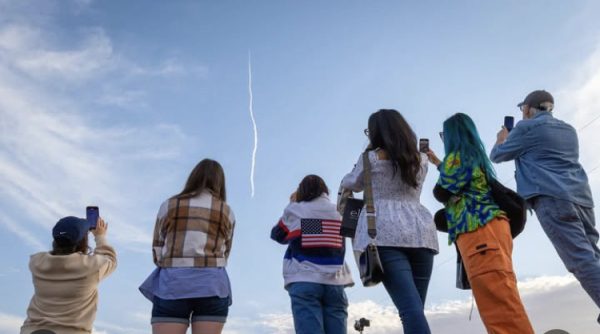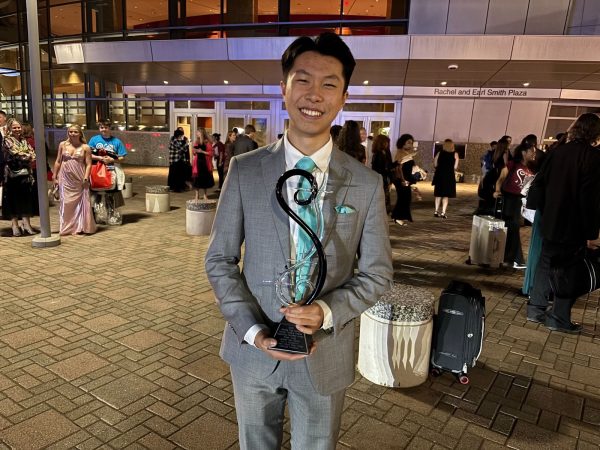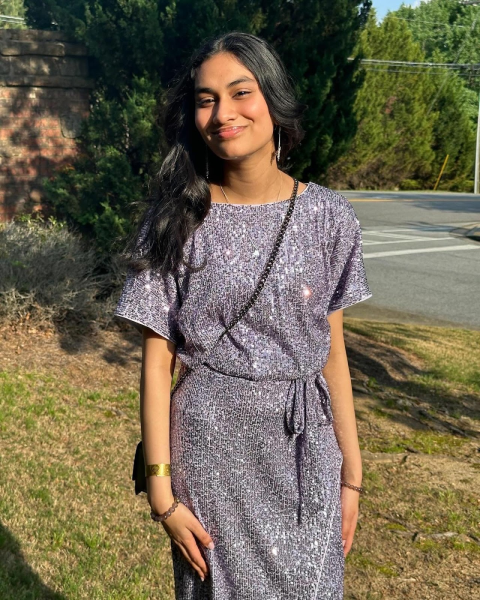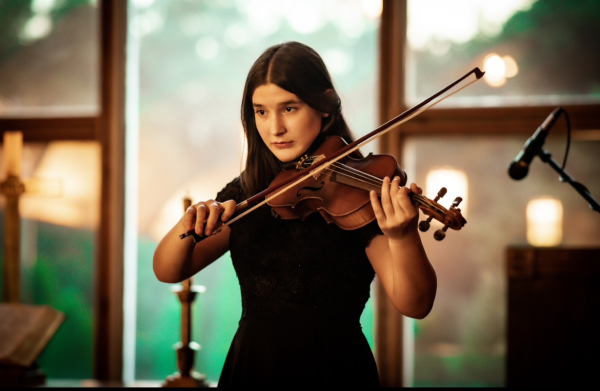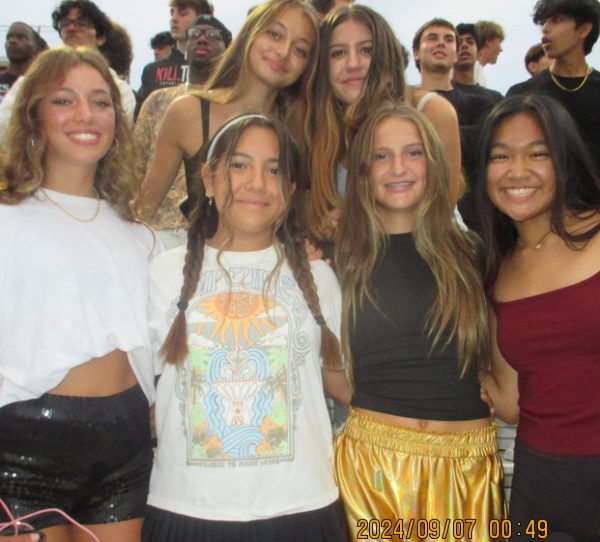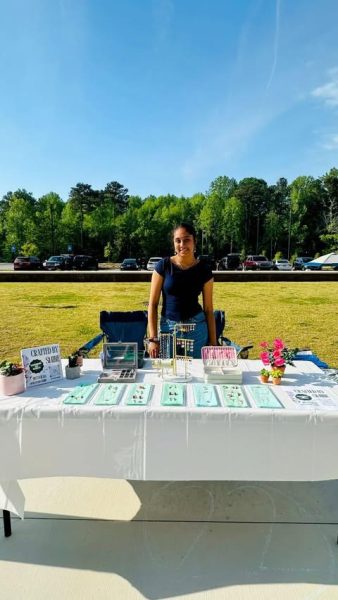The Origins of Halloween
As Halloween creeps closer, families rush around buying candy and costumes, but why do we celebrate Halloween in the first place? Halloween does not have a specific origin. Rather, the holiday is a mix of several traditions and festivals, such as Samhain, All Saints’ Day, Feralia, and a Roman holiday that honored Pomona, Roman goddess of fruit and trees.
The earliest known origin of Halloween derives from Samhain. The Celts celebrated Samhain, named after the Celtic Lord of Death, on October 31st. On this last day before winter, the boundary between the living and the dead blurred, and evil spirits roamed amongst the people. The Celts wore animal skins as a disguise to ward off spirits and other malevolent creatures, such as witches and goblins.
After the Celts were conquered by the Romans, they merged Samhain into two of their traditions for celebrating the dead: a festival named Feralia and a festival dedicated to honoring Pomona. Pomona’s symbol was the apple: the contemporary tradition of apple bobbing may have ties to the goddess.
All Saints’ Day, also called All Hallows’ Day, was dedicated to remembering the deceased saints and martyrs in Western Christianity and landed on November 1st. The day before All Hallows’ Day was All Hallows’ Eve, and the celebrations were conducted on this evening. Because All Hallows’ Eve fell on the same day as Samhain, some of the Celtic festival tradition was incorporated into All Hallows’ Eve celebrations. However, All Hallows’ Eve was more prominent and gave its namesake to the present-day “Halloween.”
The origin of trick-or-treating has mixed roots. During Samhain, the Celts attempted to protect themselves from the spirits by putting food and drink outside their homes. Later, people started dressing up as spirits and ghosts and acting foolishly to mimic ghouls and acquire free food.
Souling was another tradition that may have inspired trick-or-treating. All Souls’ Day was celebrated on the 2nd of November. The poorer class visited houses of the wealthier class to receive pastries termed “soul cakes.” In exchange, the poor had to pray for recently deceased relatives of the head of the household. Eventually, souling was taken over by children as they would go door to door asking for gifts or food.
The tradition of guising may be the most similar to the current practice of trick-or-treating. Practiced by the Irish and Scottish, guising allowed one to wear a costume while performing a song or poetry and be granted gifts.
Current of Halloween traditions incorporate more secular ideas than religious ones, but the festivity level has not decreased over the ages.
During this Halloween season, many areas are conducting parties and special events. Some of these places are listed below:
Six Flags has a Fright Fest planned with haunted attractions for those who dare to go. For more information, click here.
The Center for Puppetry Arts is performing a special edition of the tale of Sleepy Hollow. For more information, click here.
The Northlake Mall has prepared a mall-wide trick-or-treating event on Halloween. For more information, click here.
At the LEGOLAND Discovery Center, a scavenger event is being held. For more information, click here.
Stone Mountain is hosting live shows and glowing displays by night. For more information, click here.
Your donation will help support The Lambert Post, Lambert High Schools student-run newspaper! Your contribution will allow us to purchase equipment and cover website hosting costs.



